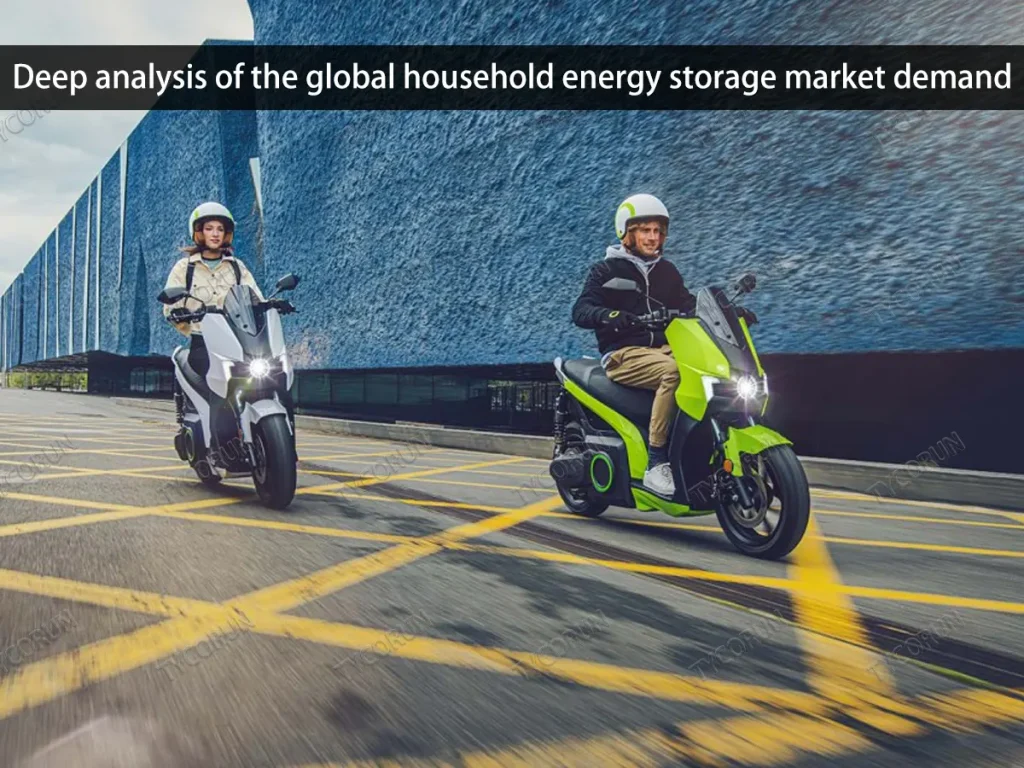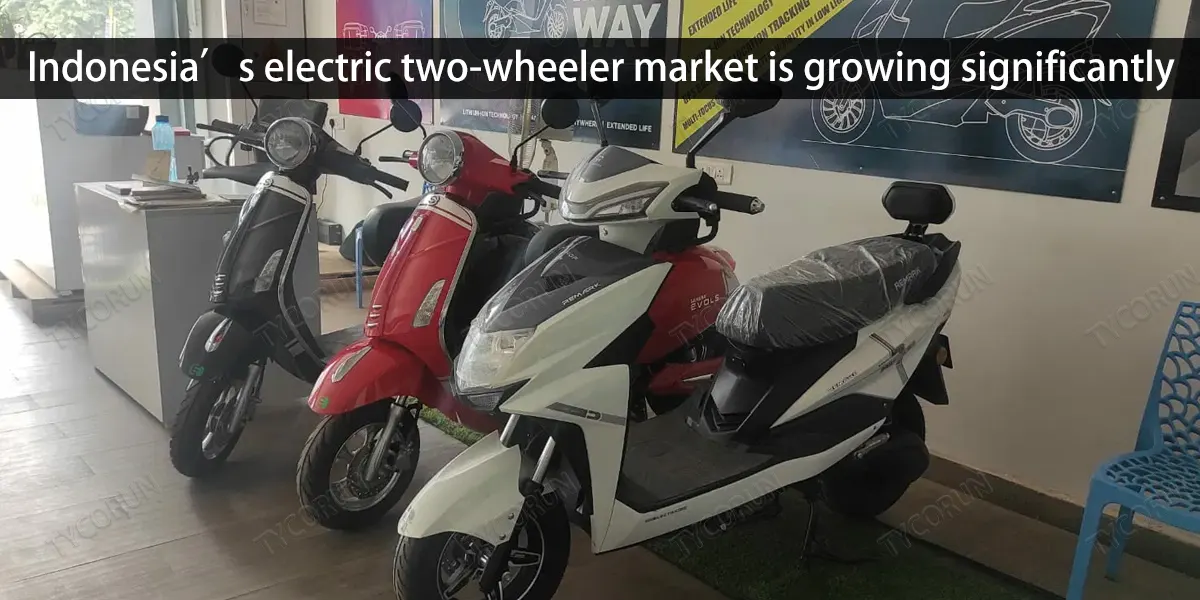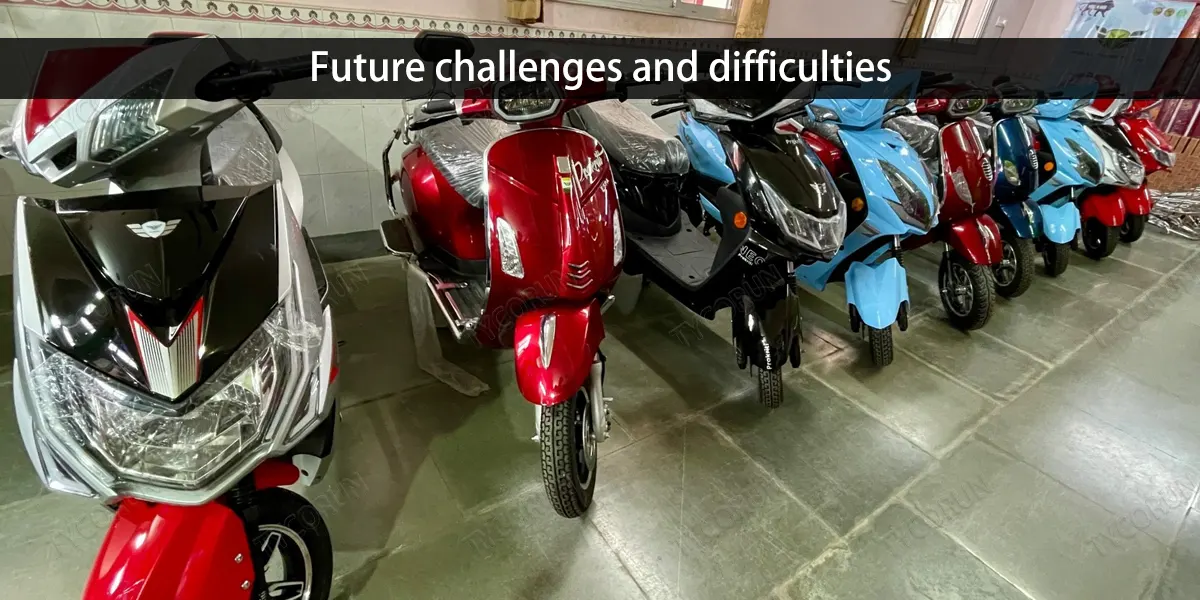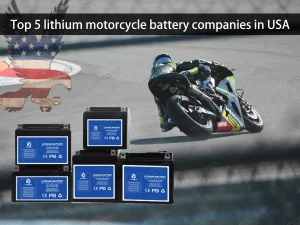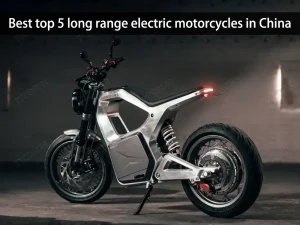Home » battery news » Indonesian electric vehicle market analysis
Indonesian electric vehicle market analysis
Motorcycles are the most important mode of travel in Southeast Asia, with annual sales exceeding 10 million units. The mountainous and rugged terrain and low per capita income have made motorcycles the most popular mode of travel for residents of Southeast Asia, especially Indonesia, a populous country. It is the third largest motorcycle market in the world, with motorcycle penetration rate second only to China and India.
With more than 20 years of electric motorcycle manufacturing and marketing history, China is undoubtedly the world’s largest in this industry. Affected by many factors such as policy influence, market saturation, and overcapacity, many brand factories are considering how to go global. , Indonesia has certainly become one of the targets that everyone focuses on.

Policy support promotes the development of electric vehicles
Countries in Southeast Asia have been promoting the “conversion of oil to electricity” for two-wheeled vehicles, and electric two-wheeled stations have become a policy focus. Indonesia’s “oil-to-electricity” incentive policy is further promoting the development of local electric two-wheelers.
In order to reduce carbon emissions, the Indonesian government has launched a plan to convert fuel two-wheelers into electric two-wheelers, and has set a target to convert 20% of fuel two-wheelers into electric two-wheelers by 2025, and the number of electric two-wheelers will reach 180 It has a target of 10,000 vehicles and plans to sell only electric two-wheelers in Indonesia from 2040.
Indonesian Transport Minister Budi said: The increase in the number of electric motorcycles is not only beneficial to the environment, but also can help the country reduce high fuel subsidies. We hope that this subsidy will decrease with the increase in the number of electric vehicle users, focusing on electric motorcycles. Wheel transportation could give Indonesia another advantage – they could stop their massive subsidies for fossil fuels.
The Indonesian government has decided to provide a subsidy equivalent to more than RMB 3,000 for each electric motorcycle, demonstrating its determination to electrify. With reference to the successful experience of China’s new energy vehicles, subsidies can accelerate the maturity of the industry. As the main means of daily commuting and short-distance travel in Southeast Asia, the two-wheeled vehicle market is booming.
Indonesia’s electric two-wheeler market is growing significantly
The number of motorcycle users in Indonesia is about 133 million. The current number of motorcycles is 70 million. The annual sales volume has reached 7 million, which is almost twice that of the Vietnamese market (around 3.5 million). The proportion of young and middle-aged people in Indonesia exceeds 60%. ,Motorcycle users are mostly young people, and the consumer demand for electric motorcycles is constantly escalating.
It is reported that Indonesian ride-hailing giant Gojek has announced a partnership with Taiwanese battery station manufacturer Gogoro to pilot a battery replacement program for electric vehicles (EV) in Jakarta. State-owned energy company Pertamina, which operates gas stations across Indonesia, is also actively involved in the collaboration.
In the pilot test, Gojek and Gogoro will build four battery exchange stations called GoStations at the Pertamina location. At the same time, the government also announced the goal of having 400,000 electric four-wheelers and 1.76 million electric two-wheelers on the road by 2025.
Chinese electric vehicle companies such as Yadi, Emma, and Mavericks have already entered Indonesia in the past few years, and have regarded the Southeast Asian market, including Indonesia, as the “second curve” for business growth.
It is understood that Yadi, Emma, and Mavericks, which specializes in high-end lithium batteries, are all taking high-end routes in Indonesia. Although the price is slightly higher, they have created specific models based on the needs of the Indonesian market.
The battery swap market has great opportunities
In Indonesia, demand for electric two-wheelers in delivery scenarios is rising. On the one hand, the strong demand for e-commerce online shopping in the country continues to drive the rapid growth of the distribution business. On the other hand, Indonesian distribution giants have also begun to transform towards zero carbon emissions, gradually converting their two-wheeled motorcycle delivery fleets into battery swapping motorcycle.
Whether it is for daily travel by the public or for use in delivery scenarios, the popularity of electric two-wheelers in Indonesia is expected to increase rapidly. Among them, one of the key influencing factors is charging and battery swapping infrastructure. At present, the number of charging and battery swapping infrastructure in Indonesia is relatively limited, and further improvement will still take some time.
The battery swapping market in Indonesia is huge, because the battery loss cost and time cost reduced by battery swapping are very attractive to users. In addition, the current competition in the battery swapping market is not fierce, and manufacturers with complete battery swapping station business models have entered the market. There is still a good chance. The need for battery swapping is more obvious in specific scenarios such as takeout and logistics distribution.
In the short and medium term, catalyzed by the “oil-for-electricity” policy, demand for electric two-wheelers in Southeast Asia will accelerate. The overall electrification rate of two-wheelers in Southeast Asia is expected to reach 25% in 2025. The huge stock of fuel motorcycles in Southeast Asia provides ample room for electric two-wheelers to penetrate.
Future challenges and difficulties
First of all, we need to realize that Indonesian consumers currently have limited purchasing power and have strong loyalty to Japanese motorcycles. Japanese motorcycle companies have formed a monopoly, and it will take a long cultivation period for Chinese electric vehicle brands to enter the market.
Secondly, there are thresholds for policy support. Although the subsidy plan has been launched, there are currently only three manufacturers that can participate in the subsidy benefits. Manufacturers who want to participate in subsidy activities need to manufacture vehicles locally in Indonesia, and need to register in the information system of the Ministry of Industry, register company and vehicle information, and also have requirements for the localization rate of vehicle parts (TKDN certificate), such as In 2023, only vehicles with a TKDN of more than 40% will be approved.
Furthermore, companies should also fully consider various objective factors such as imperfect urban infrastructure, narrow driving space, long factory construction period, battery swapping station cost, and different consumption patterns, and carefully plan a development model that is in line with Indonesia’s national conditions.


